Home>Gardening & Outdoor>Landscaping Ideas>How Fast Does Buffalo Grass Spread
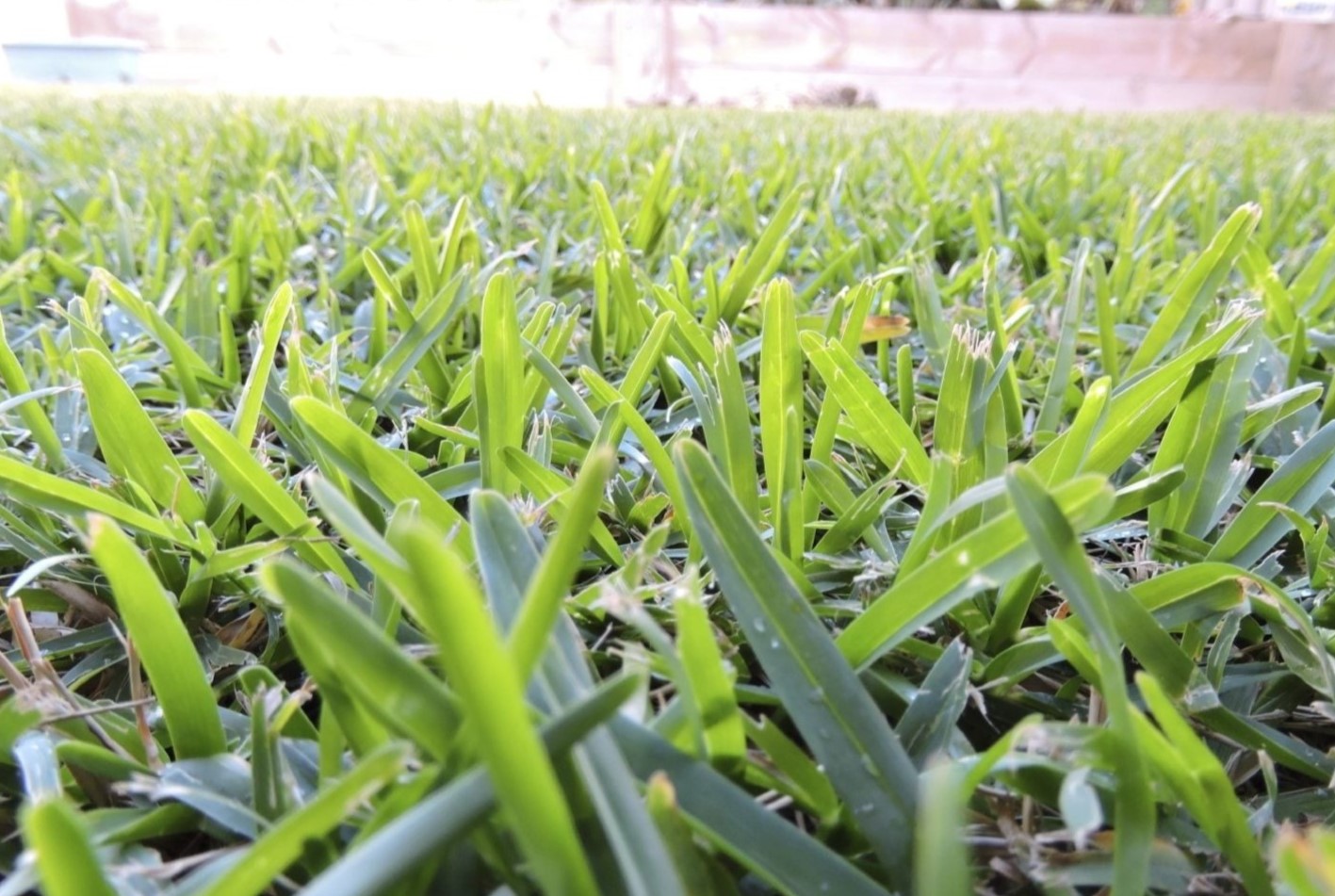

Landscaping Ideas
How Fast Does Buffalo Grass Spread
Modified: March 25, 2024
Discover the best landscaping ideas for spreading buffalo grass and learn how fast it can cover your lawn. Explore effective methods for promoting buffalo grass growth.
(Many of the links in this article redirect to a specific reviewed product. Your purchase of these products through affiliate links helps to generate commission for Storables.com, at no extra cost. Learn more)
Introduction
Read more: How Does Buffalo Grass Spread
Introduction
Welcome to the wonderful world of buffalo grass! If you’re looking for a low-maintenance, drought-tolerant, and visually appealing option for your lawn, then buffalo grass might just be the perfect choice for you. One of the key factors that homeowners consider when selecting a type of grass is how quickly it spreads to provide full coverage and a lush, green carpet for their outdoor space. In this article, we’ll delve into the fascinating realm of buffalo grass spread, exploring the factors that influence its growth and sharing valuable insights on how to promote its spread effectively.
Whether you’re a seasoned gardener or a novice enthusiast, understanding the intricacies of buffalo grass spread can empower you to make informed decisions and cultivate a thriving lawn. So, let’s embark on this enlightening journey to uncover the speed and secrets of buffalo grass spread!
Understanding Buffalo Grass
Key Takeaways:
- Buffalo grass is a resilient and low-maintenance option for lawns, thriving in warm climates with minimal water and mowing needs. Understanding its growth factors can help create a lush, visually appealing lawn.
- To promote buffalo grass spread, optimize sunlight exposure, follow proper seeding and mowing practices, and manage weed competition. These methods nurture a resilient, eco-friendly lawn with vibrant natural beauty.
Understanding Buffalo Grass
Buffalo grass, scientifically known as Buchloe dactyloides, is a warm-season perennial grass native to the Great Plains region of North America. It has gained popularity as an excellent choice for lawns due to its remarkable resilience and adaptability. This fine-textured grass features a stunning blue-green hue and forms a dense, lush carpet that adds natural beauty to any landscape.
One of the defining characteristics of buffalo grass is its exceptional drought tolerance, making it a preferred option for regions with hot, arid climates. This grass has an extensive root system that enables it to access water deep within the soil, allowing it to thrive in conditions where other grass species may struggle. Additionally, buffalo grass exhibits excellent cold tolerance, making it suitable for a wide range of climates, from the southern plains to the northern states.
Buffalo grass is renowned for its low-maintenance nature, requiring minimal water and mowing compared to other grass types. Its slow vertical growth results in a short, uniform height, reducing the frequency of mowing and upkeep. This aspect makes it an attractive choice for homeowners seeking a hassle-free lawn solution that still delivers aesthetic appeal.
Furthermore, buffalo grass is well-suited for areas with poor soil quality, as it can thrive in various soil types, including clay and sandy soils. Its adaptability to different soil conditions contributes to its widespread popularity among homeowners and landscapers seeking a resilient and visually pleasing ground cover.
Understanding the unique attributes of buffalo grass provides valuable insights into its spread and growth patterns. By comprehending its natural tendencies and preferences, we can explore the factors that influence its spread and implement strategies to promote its proliferation effectively.
Factors Affecting Buffalo Grass Spread
Read more: How To Get Buffalo Grass To Spread
Factors Affecting Buffalo Grass Spread
The spread of buffalo grass is influenced by various factors that play a crucial role in its growth and development. Understanding these factors is essential for creating an environment conducive to the optimal spread of this resilient grass species. Let’s explore the key elements that impact the spread of buffalo grass:
- Climate: Buffalo grass thrives in warm-season climates with ample sunlight. It is well-suited for regions with hot, dry summers and mild winters. The availability of sunlight directly affects its growth and spread, making it essential to ensure that the planting area receives adequate sunlight for optimal development.
- Soil Type: The soil composition significantly influences the spread of buffalo grass. Well-drained soils with good aeration are ideal for promoting its growth. Buffalo grass exhibits excellent adaptability to various soil types, including clay, loam, and sandy soils. However, it is crucial to avoid waterlogged or compacted soils, as they can impede its spread and vigor.
- Watering Practices: While buffalo grass is renowned for its drought tolerance, adequate watering is essential, especially during the establishment phase. Proper irrigation promotes healthy root development and encourages the spread of buffalo grass. Once established, this grass requires minimal water compared to traditional turfgrasses, contributing to its low-maintenance appeal.
- Mowing Height: Maintaining the appropriate mowing height is vital for promoting the spread of buffalo grass. It is recommended to mow buffalo grass at a height of 3 to 4 inches to encourage lateral growth and discourage weed competition. This practice allows the grass to develop a dense, spreading habit, resulting in a lush and uniform lawn.
- Fertilization: While buffalo grass is known for its low-nutrient requirements, providing balanced fertilization can support its spread and overall health. However, it is crucial to avoid excessive nitrogen, as buffalo grass thrives in low-fertility conditions. A soil test can help determine the specific nutrient needs of the grass, guiding the application of appropriate fertilizers.
By considering these factors and implementing suitable measures, homeowners and landscapers can create an environment that fosters the robust spread of buffalo grass, resulting in a resilient, visually appealing lawn that enhances the outdoor landscape.
Methods for Promoting Buffalo Grass Spread
Methods for Promoting Buffalo Grass Spread
Promoting the spread of buffalo grass involves implementing strategic methods that cater to its unique growth characteristics and environmental requirements. By employing the following approaches, homeowners and landscapers can facilitate the healthy proliferation of buffalo grass, resulting in a vibrant and sustainable lawn:
- Proper Seeding and Establishment: When establishing a buffalo grass lawn, it is crucial to follow recommended seeding practices. Whether using seeds or plugs, ensuring proper soil contact and adequate moisture during the germination phase is essential for successful establishment. This initial phase sets the foundation for the grass’s spread and long-term growth.
- Optimizing Sunlight Exposure: Buffalo grass thrives in full sunlight, requiring at least 6 to 8 hours of direct sun exposure daily. Trimming or removing obstacles that obstruct sunlight, such as overhanging branches or structures, can maximize the grass’s access to sunlight, promoting its spread and vigor.
- Appropriate Irrigation: While buffalo grass exhibits excellent drought tolerance, consistent and deep watering is crucial during the establishment phase. Once established, the frequency of irrigation can be reduced, promoting the development of deep roots and enhancing the grass’s resilience to dry conditions.
- Mowing Practices: Maintaining the recommended mowing height of 3 to 4 inches encourages the lateral spread of buffalo grass. Additionally, infrequent mowing allows the grass to develop a dense growth habit, contributing to its overall spread and coverage.
- Weed Control: Managing weed competition is essential for promoting the spread of buffalo grass. Regular monitoring and targeted weed control measures help prevent invasive species from impeding the grass’s growth and spread, allowing it to establish a uniform and lush appearance.
- Soil Aeration and Fertilization: Aerating compacted soils and providing balanced fertilization support the spread of buffalo grass. Aerating the soil enhances root development and nutrient uptake, while appropriate fertilization, based on soil test results, ensures that the grass receives essential nutrients for optimal growth and spread.
By incorporating these methods into lawn care practices, individuals can create an environment that nurtures the spread of buffalo grass, resulting in a resilient, low-maintenance lawn that thrives in diverse climatic conditions and enhances the outdoor landscape with its natural beauty.
Conclusion
Read more: How Fast Will Bermuda Grass Spread
Conclusion
In conclusion, buffalo grass, with its exceptional resilience and low-maintenance nature, offers a compelling choice for homeowners seeking a visually appealing and sustainable lawn option. Understanding the factors that influence its spread and implementing effective methods to promote its proliferation are essential for cultivating a thriving buffalo grass lawn that enhances the outdoor landscape.
By recognizing the significance of climate, soil type, watering practices, mowing height, and fertilization in relation to buffalo grass spread, individuals can create an environment that supports the grass’s natural growth tendencies, resulting in a lush and resilient lawn. Optimizing sunlight exposure, proper irrigation, and weed control measures play pivotal roles in fostering the healthy spread of buffalo grass, contributing to its overall vigor and visual appeal.
As homeowners and landscapers embark on the journey of establishing and maintaining a buffalo grass lawn, they have the opportunity to embrace a sustainable and environmentally friendly turfgrass option that thrives in diverse climatic conditions. The ability of buffalo grass to withstand drought, resist pests, and adapt to various soil types underscores its value as a resilient and visually captivating ground cover.
Ultimately, by leveraging the insights shared in this article and applying them to their lawn care practices, individuals can create a flourishing buffalo grass lawn that not only serves as a testament to their landscaping prowess but also contributes to the sustainable and eco-friendly enhancement of outdoor spaces. The allure of buffalo grass lies not only in its spread and resilience but also in its ability to transform landscapes into vibrant, natural havens that beckon with their beauty and sustainable charm.
Frequently Asked Questions about How Fast Does Buffalo Grass Spread
Was this page helpful?
At Storables.com, we guarantee accurate and reliable information. Our content, validated by Expert Board Contributors, is crafted following stringent Editorial Policies. We're committed to providing you with well-researched, expert-backed insights for all your informational needs.
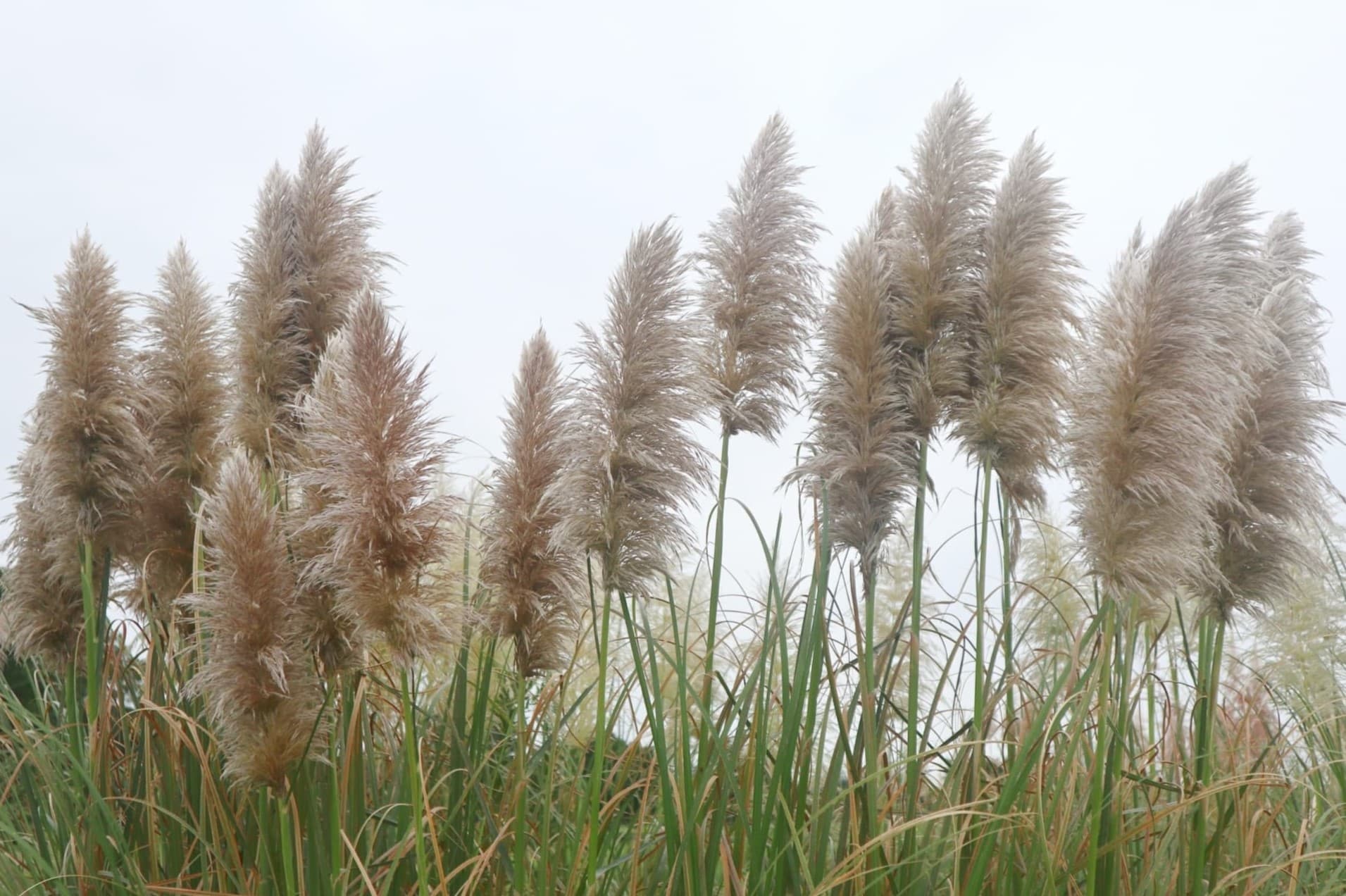
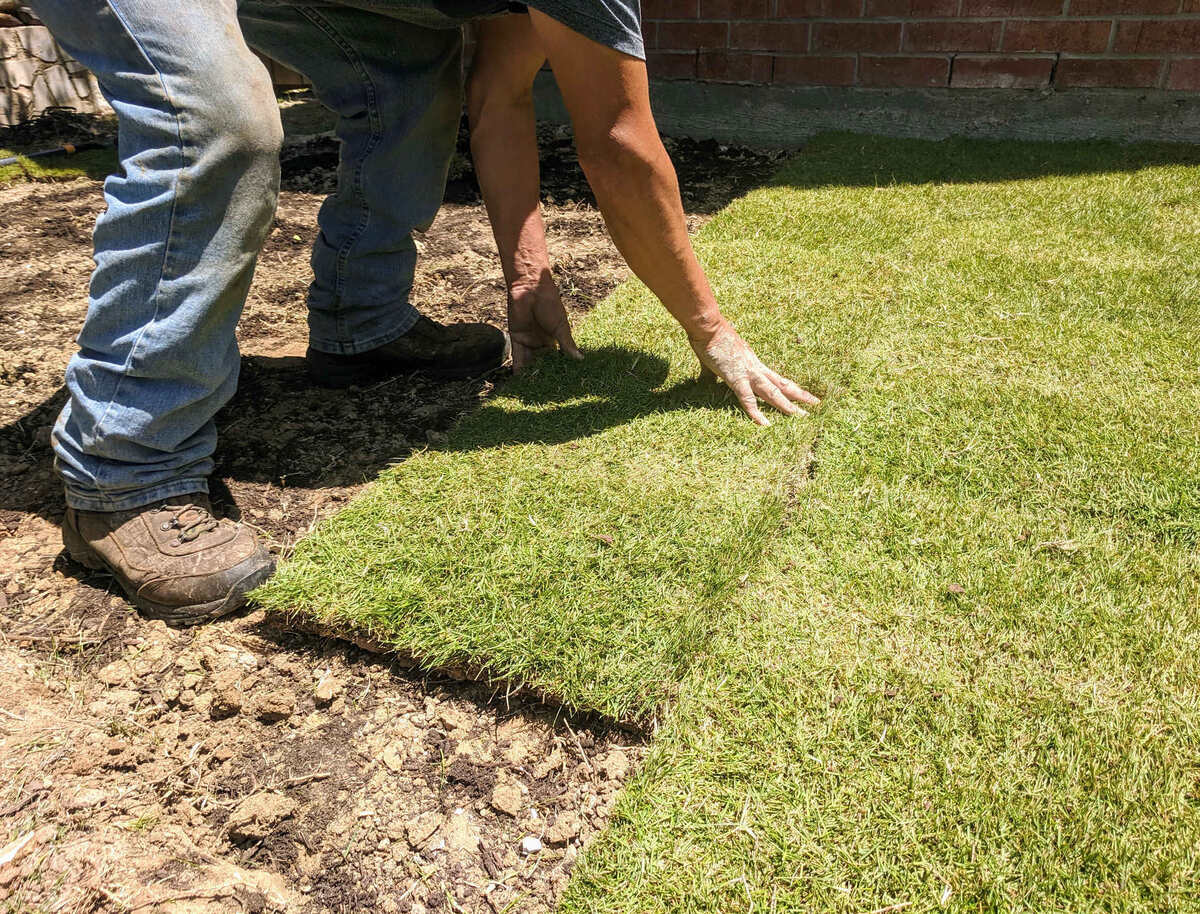
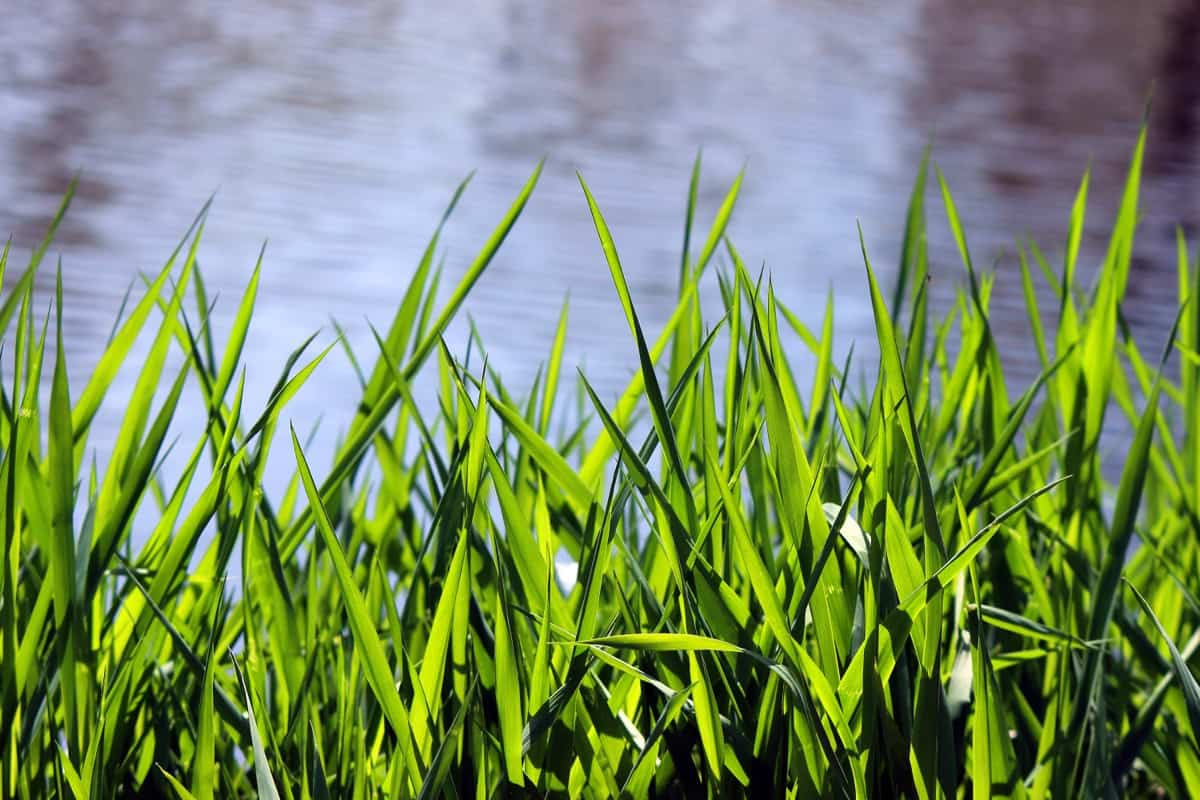
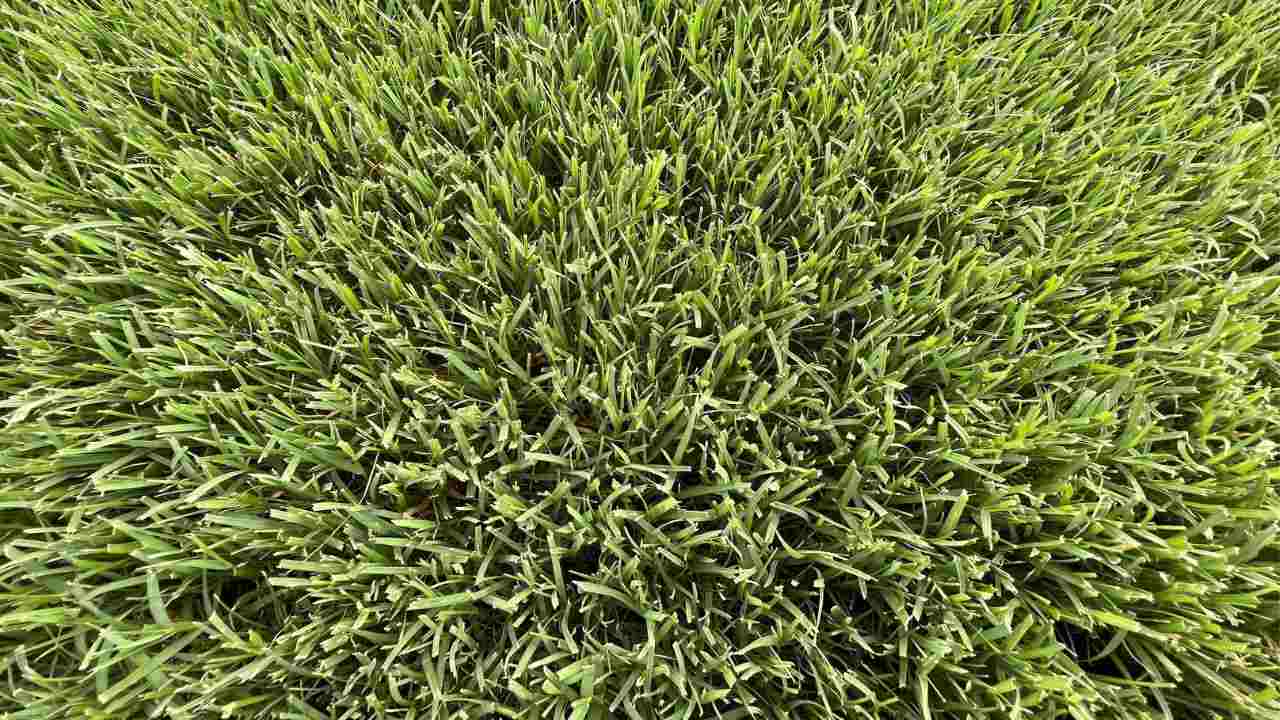
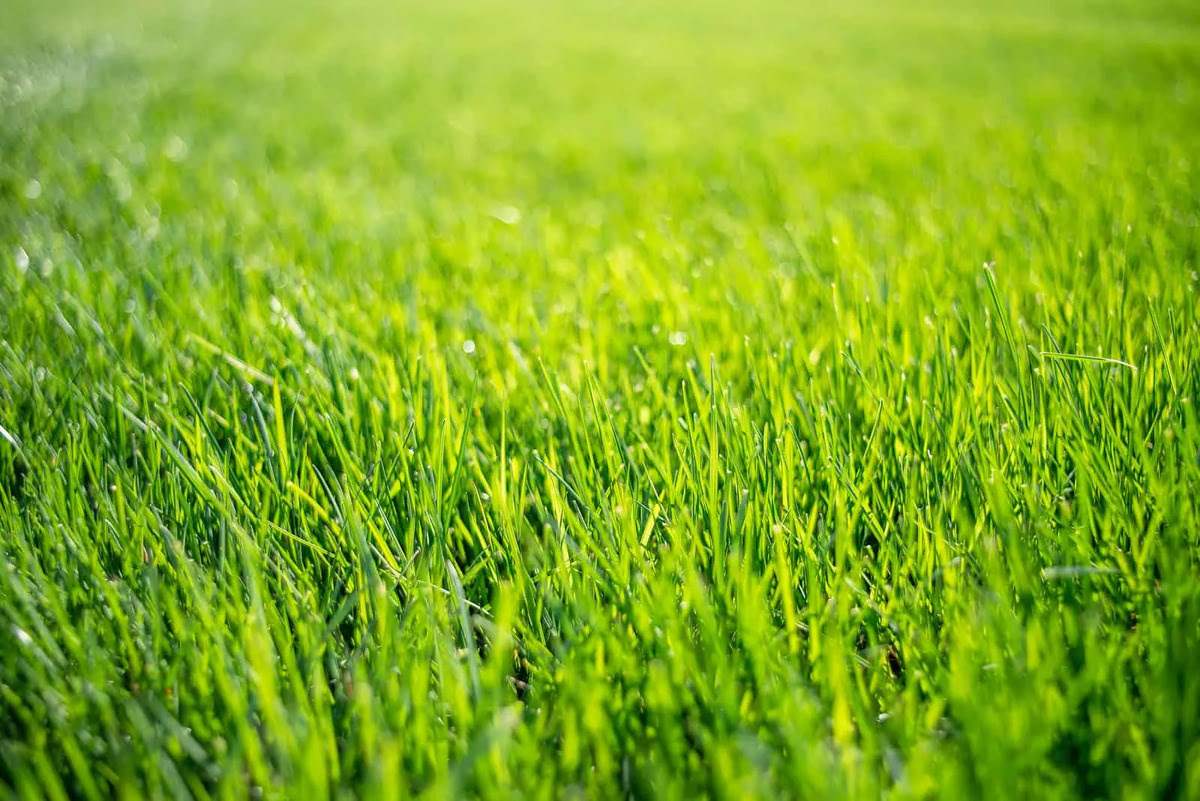
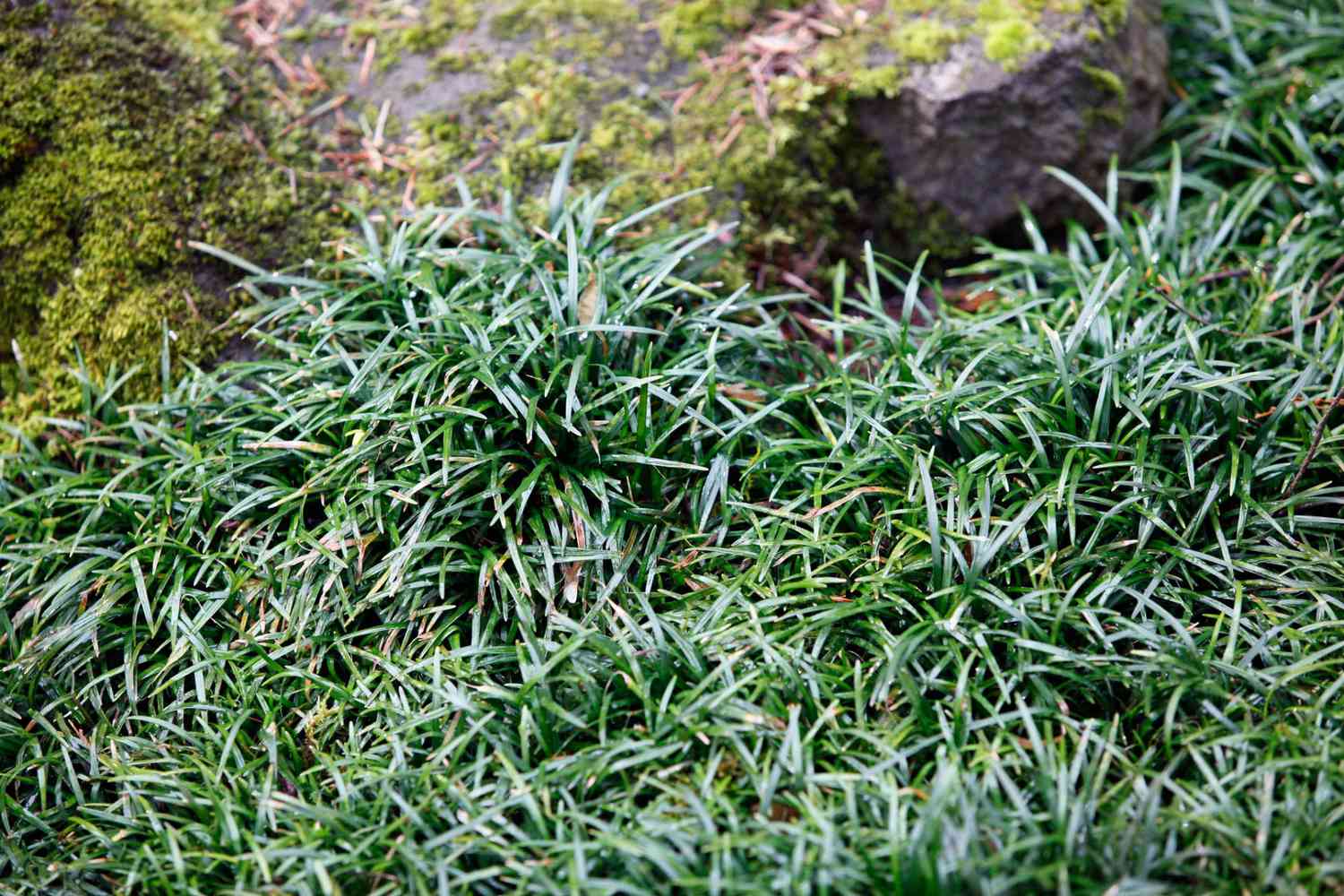

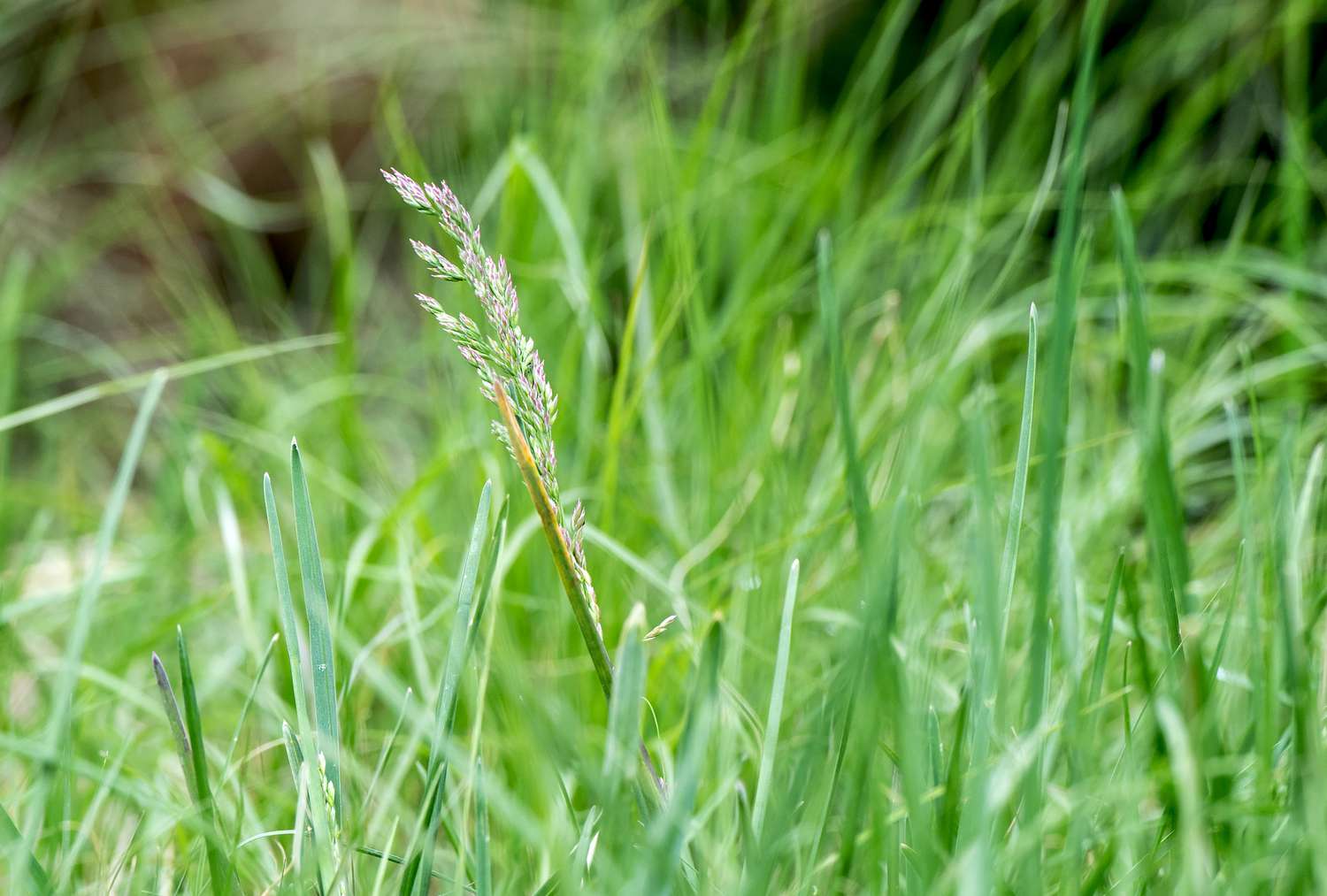
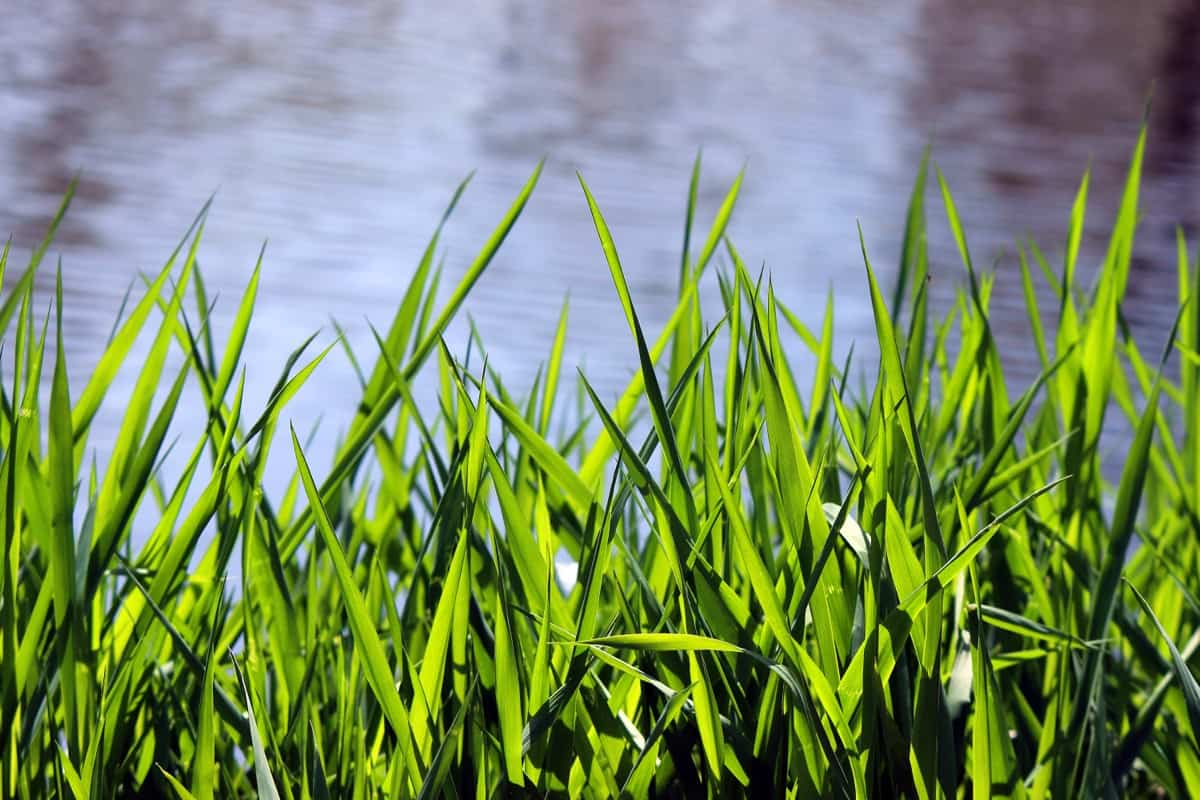
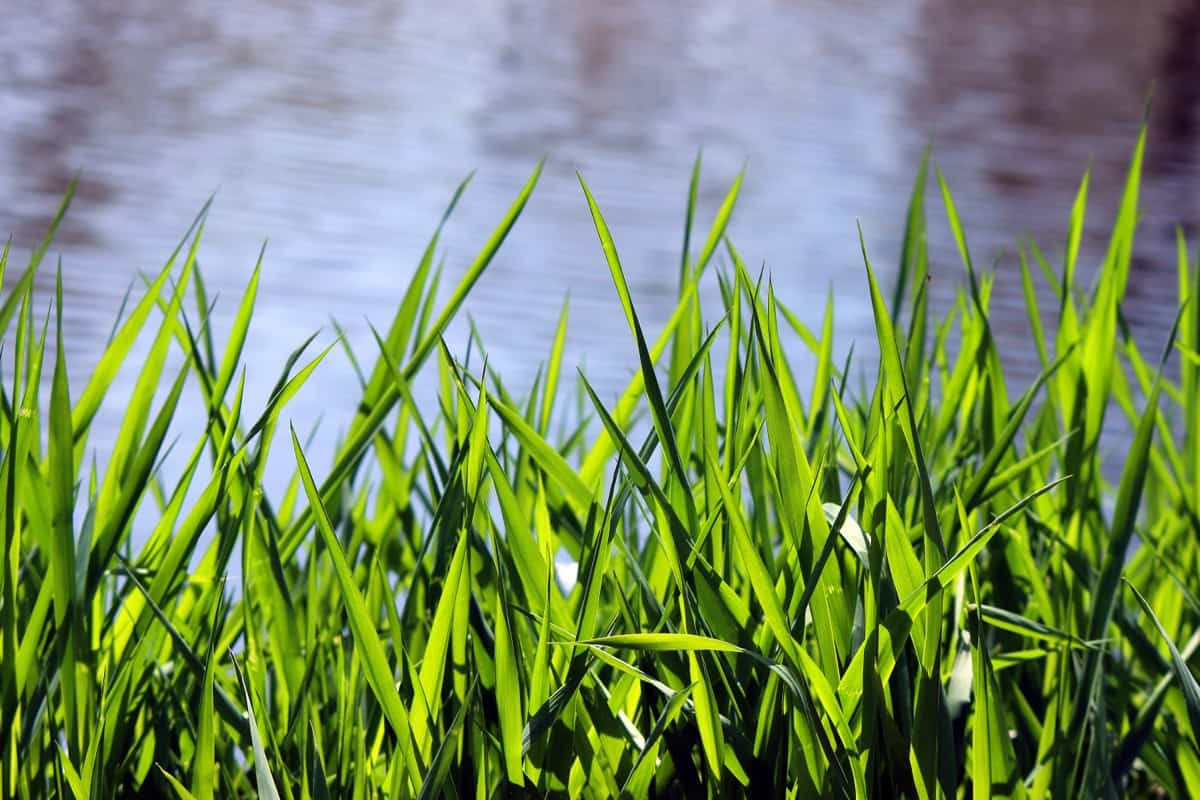
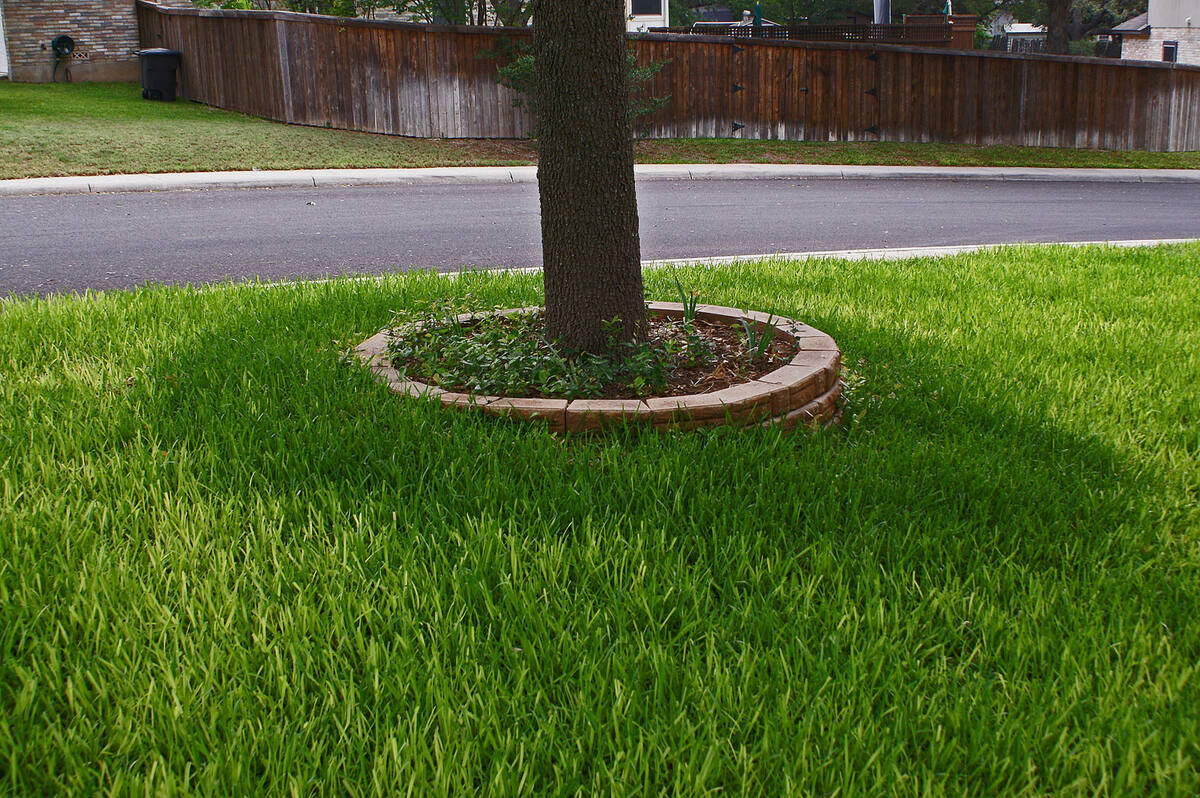
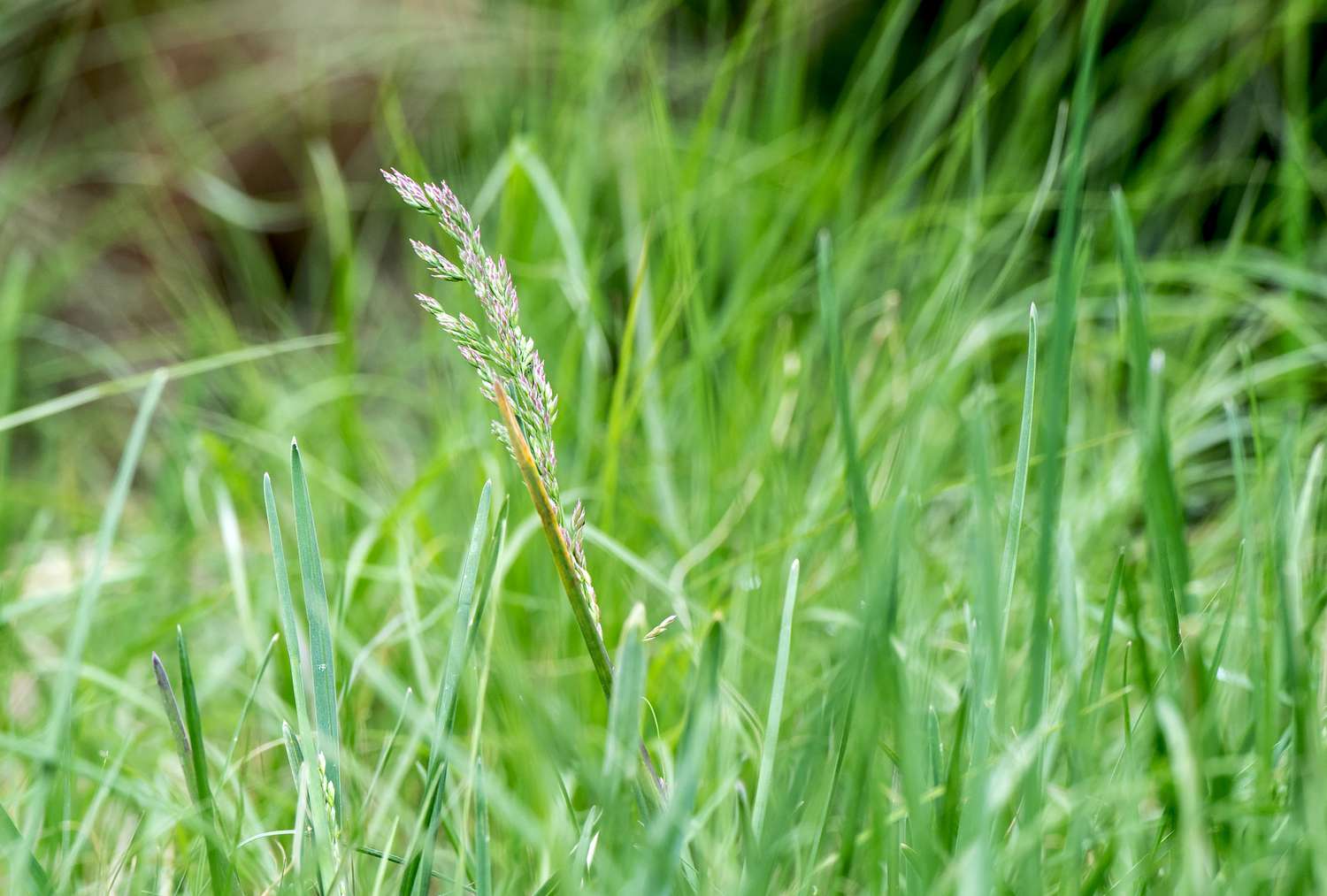


0 thoughts on “How Fast Does Buffalo Grass Spread”